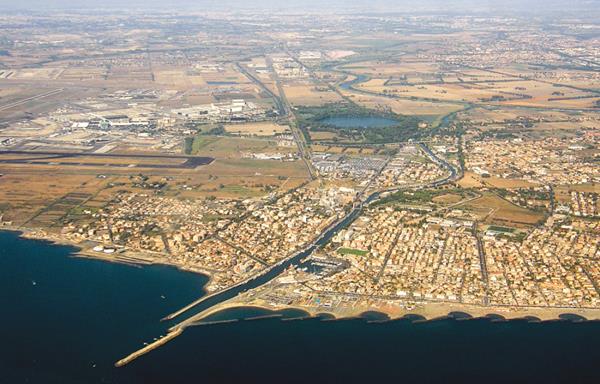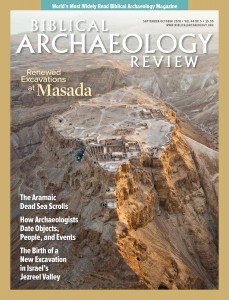Strata: Then and Now: Ports—Past and Present

Since the Sumerian period more than 4,000 years ago, trade and transport via ports (both open water and river) have been essential parts of ancient—and modern—economies. A port is defined as a maritime commercial facility consisting of one or more quays (a concrete, stone, or metal platform lying alongside or projecting into water) for ships to dock and load/unload both passengers and cargo. The apostle Paul, for instance, would have visited many such ports on his missionary journeys.
Archaeologists digging in southern Iraq recently discovered a Sumerian port near Ur, the traditional hometown of Abraham (Genesis 11). This harbor—built of massive brick ramparts surrounding docks and an artificial basin connected to the river by a canal—contains evidence of trade with civilizations as far removed as the Indus Valley.
By the Roman period, ports became an integral part of the empire, connecting cultures from as far north as the British Isles to the Indus Valley and beyond. Portus, the main port of Imperial Rome, connected to the capital on land by the Via Campana/Portuensis, to the Tiber River by a canal, and to Ostia, Rome’s river port. Goods, such as grain shipments from Alexandria, would travel by ship to Portus to be unloaded onto smaller boats that then traveled on to the city by one of these three routes.
Already a library member? Log in here.
Institution user? Log in with your IP address.

